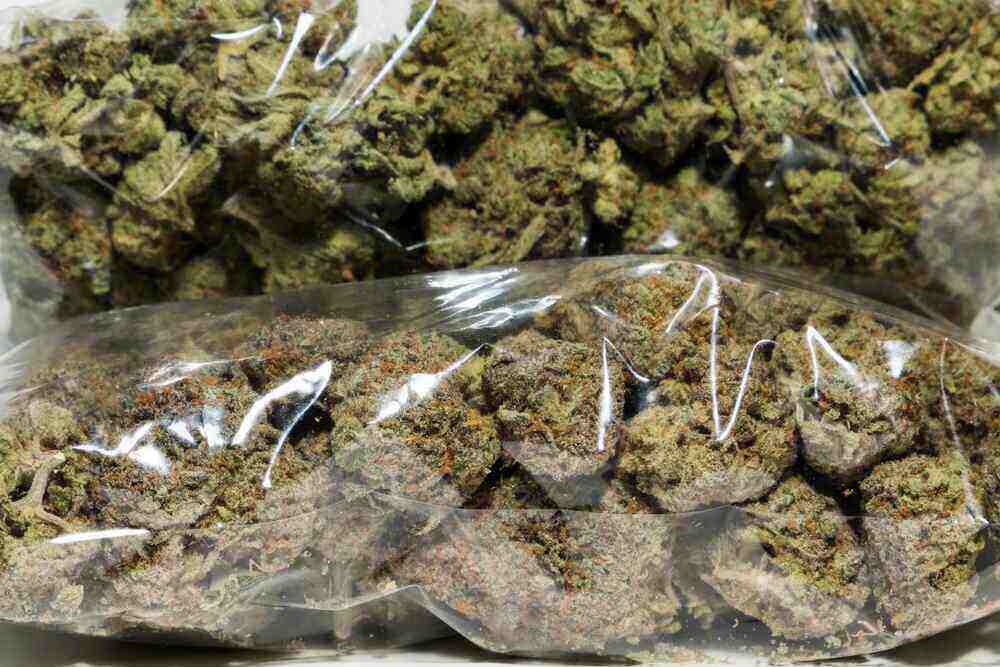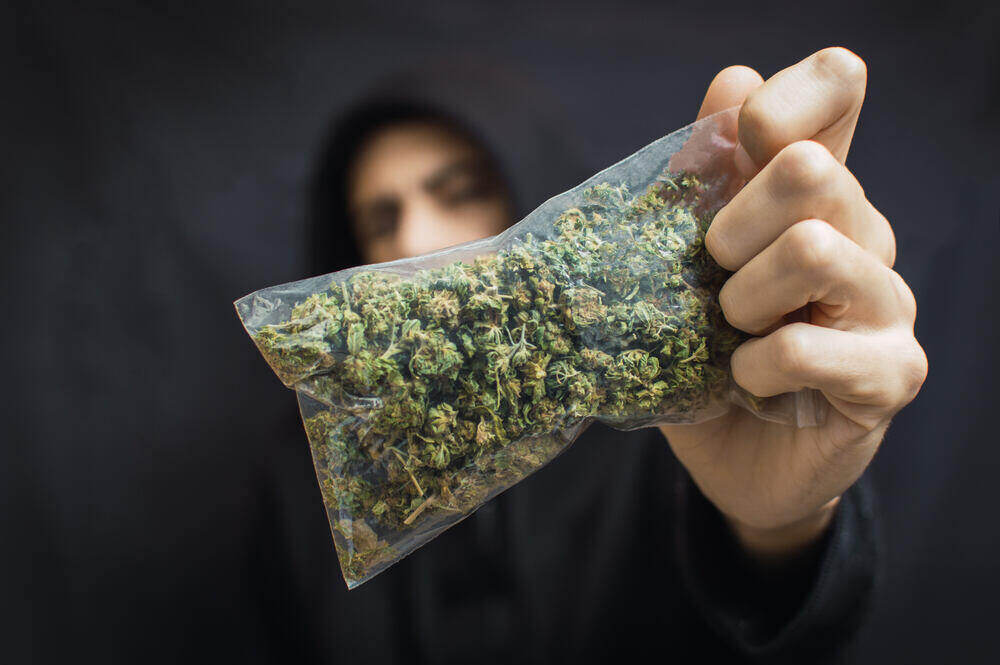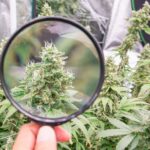The Best Fluffy Pancakes recipe you will fall in love with. Full of tips and tricks to help you make the best pancakes.

How much should a pound of weed cost you?
If you’re thinking about buying a pound of weed—whether for personal use, medical purposes, or as part of a larger grow or distribution operation—you need to know what you’re paying for. Prices can swing wildly depending on factors like location, quality, legality, and the seller’s markup. As a long-time cannabis breeder and grower, I’ve bought and sold flower at every level, and I can tell you: knowing what affects the price can save you a serious headache and a load of cash. This guide breaks down everything you need to know so you can approach the market with confidence and avoid getting shorted or overcharged.
Understanding cannabis pricing by quantity
Price per gram, ounce, and pound – what’s typical?
Weed pricing scales up as the quantity increases, and there’s a natural discount curve built into bulk buying. Here’s the basic breakdown:
- Per gram: You’re looking at £8–£15 per gram in most UK cities. This is the standard street price.
- Per eighth (3.5g): Usually £25–£35, depending on the strain and who you’re buying from.
- Per ounce (28g): Ounces often go for £180–£280, with some top-shelf strains hitting the £300+ mark.
- Per pound (454g): This is where the math shifts. Expect to pay anywhere from £1,600 to £3,200 or more, depending on quality and source.
The price per gram drops significantly the more you buy. A pound could average around £3.50 to £7 per gram, but only if you’re buying from a grower or wholesaler. Retail prices will always be higher due to middlemen, taxes, and logistics.
Quality tiers – low, mid, high-grade and their price ranges
Let’s talk tiers. Quality drives price, and not all pounds are created equal.
- Low-grade (Brick or outdoor bulk): This is the budget stuff—older, less potent, loosely trimmed. Often dry and harsh, it’s priced from £1,000 to £1,500 per pound. You’ll see it move in high volumes.
- Mid-grade (Decent bag appeal, average potency): Typically greenhouse-grown or lower-tier indoor. You’re looking at £1,600–£2,200. This is the average smoker’s go-to.
- High-grade (Top-shelf indoor): Grown with precision. Dense nugs, loud terpene profiles, high THC. This is the fire—£2,400 to £3,200+. Think Gelato cuts, Zkittlez, MAC-1, or Tropicana Cookies.
I always tell folks: if someone’s offering “top-shelf” for under £1,500 a pound, you need to ask questions. Either you’ve struck gold, or you’re about to get shafted.
Factors that influence pound-level pricing
Quality and potency – strain, THC/CBD content, grow methods
Potency is a major pricing factor. High-THC strains that test 25% or more command higher prices, especially if they’ve got rich terpene profiles. CBD strains, while growing in popularity, often fetch slightly less unless niche buyers are involved.
Grow methods play a huge role:
- Indoor: Highest price. Control = quality. LED or HPS lighting, clean environments, CO₂ supplements—this is premium weed.
- Greenhouse: Mid-tier. Sunlight with some environmental control. Less power cost, slightly lower quality than indoor.
- Outdoor: Cheapest to grow and buy. Quality varies massively depending on environment, genetics, and cure.
I grow a lot of indoor because it gives me the best yields and terp profiles, which buyers pay more for. You’ll see that reflected in price per pound.
Location – urban vs rural, regional market variations
Weed costs more in places with less access. In the UK, pounds in London will cost more than in Birmingham or Manchester due to higher living costs, demand density, and distribution networks. In the US, prices drop in legal states like Oregon or Colorado, where supply outpaces demand. On the flipside, in prohibition-heavy places like Idaho or rural Texas, prices skyrocket due to risk and scarcity.
This also applies to delivery—if you’re in a city with lots of local growers or clubs, you’ve got bargaining power. If you’re isolated, expect to pay a markup.
Legal environment – impact of black market risk vs regulated states
Legality changes everything. In legal markets:
- Licenced dispensaries: You pay more due to taxes, regulation, and premium presentation.
- Medical patients: Often get slightly better deals, though not always bulk pricing.
- Black market: Risk drives price. Sellers build in the cost of operating illegally, and quality control varies.
In the UK, the black market dominates. Even “Cali packs”—bags branded with flashy US labels—may be domestic product rebranded for a premium. I’ve seen folks pay £3,000 a pound for what’s basically mid-tier bud in a shiny bag.

Wholesale vs retail pricing differences
Industry vs consumer purchase thresholds
If you’re buying a pound for yourself, you’re a consumer—even if you smoke like it’s a full-time job. Wholesale pricing only really applies when you’re buying 5+ pounds or more consistently. That’s when growers and distributors start giving breaks.
Retail buyers pay more because they’re buying small and irregularly. Wholesale buyers form relationships. As a grower, I always offer better pricing to folks who come back regularly, respect the craft, and don’t waste time.
Overhead, supply chain, tax and regulation markups
Retail prices include:
- Grower’s profit
- Distributor’s cut
- Packaging/labelling
- Marketing
- Retailer’s markup
- Tax (in legal markets)
It adds up. That’s why the same pound that cost £1,500 wholesale ends up sold in eighths for over £4,000 in total. Everyone along the chain needs their piece.
Bulk discounts and threshold pricing (e.g., quarter, half-pound)
Bulk buyers always get the love. If you’re buying:
- 1/4 pound (113g): You might get a small discount over per-ounce prices.
- 1/2 pound (227g): More room to negotiate. Maybe £800–£1,200 depending on quality.
- Full pound (454g): That’s where the price-per-gram drops sharply.
You don’t need to buy 10 pounds to get a deal. But buying a full one instead of four ounces will always work out better for your wallet.
UK-specific vs global price comparisons
Average cost of an ounce and pound in UK cities
Let’s zoom in on the UK. Prices aren’t uniform.
- London: £250–£300 per ounce. Pounds can hit £3,200 if branded.
- Manchester: £220–£260 per ounce. Pounds range £2,000–£2,800.
- Birmingham/Leeds/Bristol: Slightly lower—£200–£250 per ounce.
In Scotland or Wales, availability dips and prices go up slightly. Always ask about the source and cure—I’ve seen buds go mouldy in under a week due to poor storage and high humidity in coastal areas.
How UK pound pricing compares to US/Canada markets
In the US:
- California/Colorado/Oregon: Pounds of indoor sell wholesale for $800–$1,200.
- East Coast/Illegal States: Those same packs resell for $2,400–$4,000+.
In Canada:
- Legal retail: Pounds rarely available to the public. Grams go for CAD $7–$15.
- Legacy market: Pounds of AAA indoor hit CAD $1,500–$2,000.
Compared to these, the UK is expensive, mostly due to legality and scarcity. You’re paying a premium because it’s risky to grow and move large amounts here.
Effect of UK legal status and medical cannabis access
Medical cannabis exists in the UK—but barely. Prescriptions are rare, products are expensive, and access is restricted. The result? The black market thrives. Most people don’t have a legal route to flower, which pushes demand underground.
This lack of legal access drives prices up and limits quality control. You’ll find some stunning flower, but you’ve got to know your people. I’ve had more than one client pay top dollar for what turned out to be greenhouse mids in a Cali Mylar.
Tips to get the best value when buying a pound
How to assess quality and grasp appropriate price points
Before you part with thousands:
- Look: Tight, frosty nugs with visible trichomes. No brown spots or excessive stem.
- Smell: A strong, clean terpene profile. Musty, hay-like odour means poor cure.
- Touch: Should be slightly sticky and springy, not bone dry or too moist.
Once you’ve seen enough pounds, you’ll develop “bud intuition.” I can tell if something’s worth the price in under 10 seconds—so will you, with practice.
When and where to negotiate or seek bulk deals
If you’re buying directly from a grower or plug, don’t be shy about asking for:
- A tester: 3.5g sample before committing to a full pack.
- A price break: Especially if buying more than one pound.
- A regular rate: If you’re returning every month.
Avoid haggling to the point of disrespect—it’s business, not a flea market. But a respectful buyer always gets better treatment from me.
Risks to avoid – scams, adulterated products, overpaying
The weed game has its sharks. Here’s what to watch for:
- Fake Cali Mylar: A flashy bag doesn’t mean premium flower.
- Sprayed weed: Some buds are laced with terpenes or chemicals to fake quality.
- Underweight packs: Always weigh your product. A missing 28g is money lost.
- Ghosting: Pay attention to who you deal with. Once you send cash, it’s gone.
Trust your gut, your senses, and the network around you. I always advise new buyers: get referrals, inspect before buying, and never send money blind.
Conclusion
Buying a pound of weed isn’t just a transaction—it’s a craft. Whether you’re smoking it, flipping it, or stocking up for medical needs, you need to understand what you’re getting into. From pricing by quantity to quality assessment and market comparisons, knowing the full picture helps you make smart decisions. Armed with this knowledge, you’ll be able to navigate the market like a pro, get the best bang for your buck, and avoid the rookie mistakes that cost people thousands. Happy hunting—and always respect the plant.




